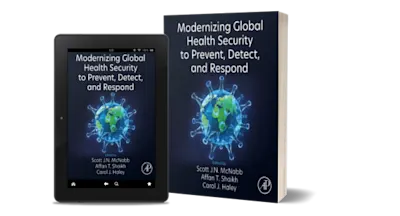LIMITED OFFER
Save 50% on book bundles
Immediately download your ebook while waiting for your print delivery. No promo code needed.

This book is for those who are interested in rubber crosslinking. The process of networking formation (initiation, network formation, state of cure, rate of crosslinking, ac… Read more
LIMITED OFFER
Immediately download your ebook while waiting for your print delivery. No promo code needed.

This book is for those who are interested in rubber crosslinking. The process of networking formation (initiation, network formation, state of cure, rate of crosslinking, activation energy) is described for the different crosslinking systems. Detailed information about the chemical procedure is provided for each type of curing system. As in industrial practice, sulfur crosslinking takes up most of the description. At each type of curing system, the role of the rubber, the influence of filler, antioxidants, and plasticizer is given in detailed form.
The crosslinking of rubber is the essential step in the production of entropy elastic elastomers. The process of crosslinking and the test procedures are described in detail. The induction period, the reaction rate, and the energy of activation are given and it is described how it is used for simulation non-isothermal crosslinking processes. Sulfur and accelerator, peroxides, and co-agents and reactive resins are the predominant topics of the book. The different accelerator classes, sulfur/accelerator ratios, combination of different accelerators, and the role of zinc oxide in initiation and reversion are discussed in detail. Retarders and anti-reversion agents are presented. The other crosslinked systems are presented in detail. The role of the rubber, as a reaction partner, and the achieved crosslinking efficiency are always taken into account. The mechanisms of networking are presented according to current knowledge. Dynamic vulcanization is given a separate chapter because of the practical application of thermoplastic elastomers. The chemical chapters are followed by an overview of the vulcanization processes. Finally, there is a chapter that deals with devulcanization fumes and the N-nitrosamines
RH